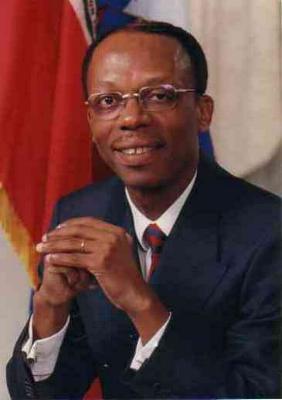 |
| The burning of the Mask |
It's customary to end a blog with some sort of reflections and life experiences page, but I've decided to take a different route. I'll end with another story. Last Friday, a bunch of us in the house were winding down the day, finishing up some loose ends with work stuff, checking e-mail, ect. We were interrupted by all the Design Fellows in the house, storming down the stairs. It was obvious that drinking had been a part of their weekly meeting. Eric called me over and proclaimed that he had found the missing Voodoo mask. The mask which we had weeks earlier blamed all the house accidents on. The mask had tormented the house long enough and now it was time for Eric's vengeance. The mask had to be destroyed. Darren went for the extra diesel fuel stored behind the kitchen.
We took the mask to the burn bit out behind the house and held our own sort of voodoo ceremony. Sandhya brought the salt to prevent any sort of demons or evil spirits from escaping and tormenting us further. The whole thing lasted a matter of moments. Within a half hour the voodoo mask was reduced to some smoldering ashes.
Now, you might think it unwise to upset the native spirits. I will let you know that the next morning I awoke to find both of my legs still intact and my head normal sized. If any spirits were released, they were subdued by Sandhya's salting. Now, while my chances of experiencing a plane crash may have been increased because of the ceremony, I think the small sacrifice has been worth it to spend a few more memorable moments with my new life-long friends. My time in Haiti has provided me with everything one could expect and more. I will take with it many life lessons and even more life-long friends.



















